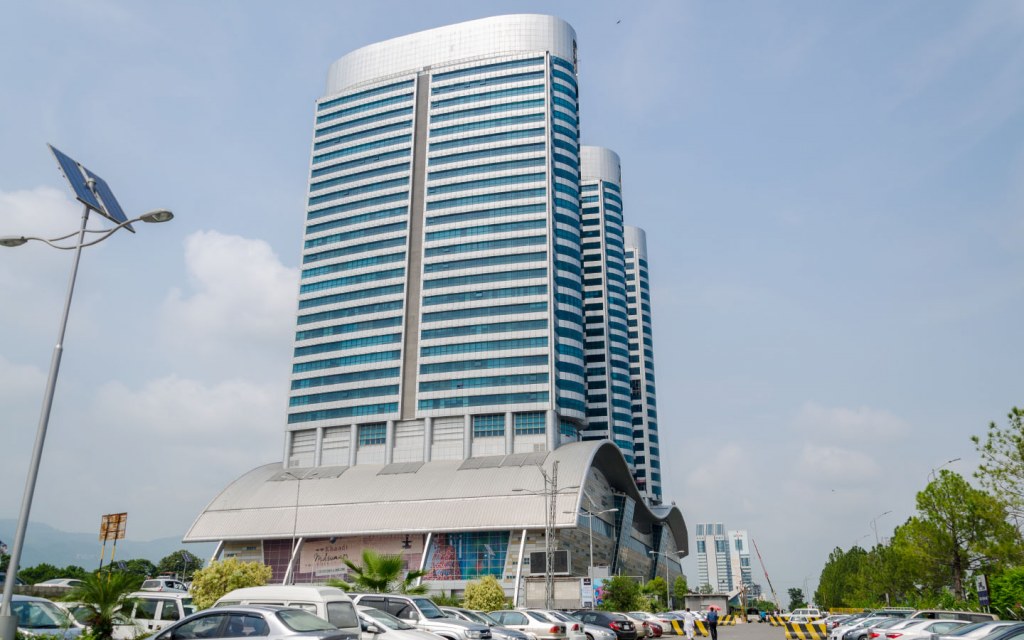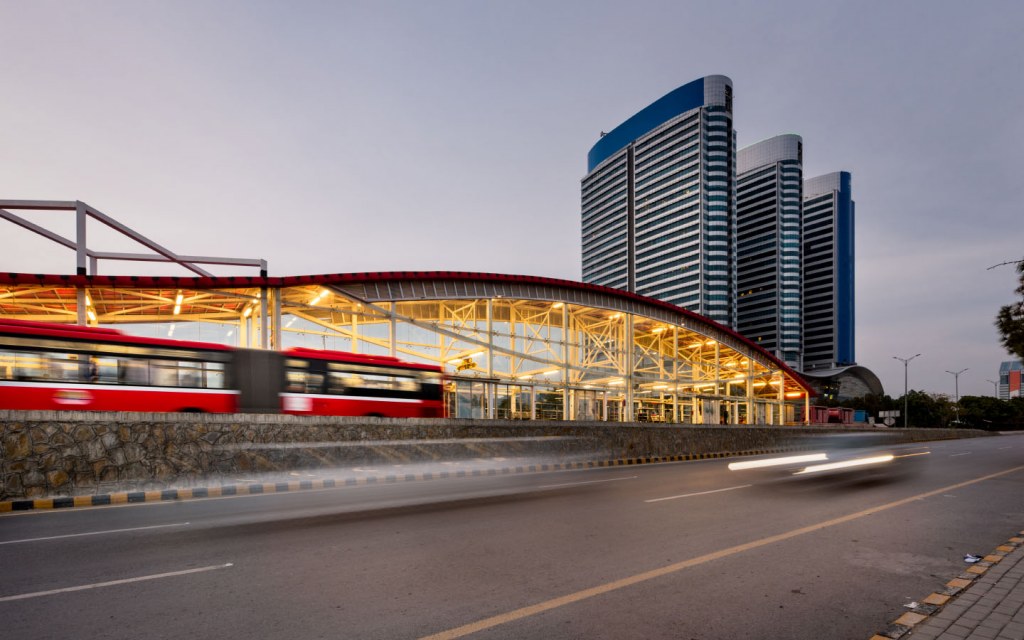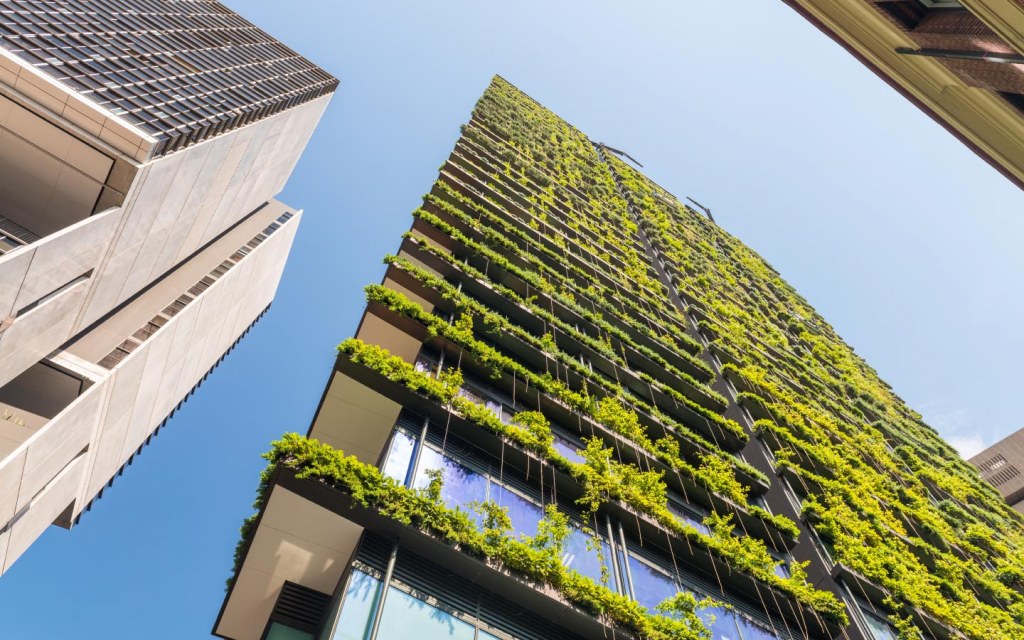Home » Construction » New Construction Bylaws For High-Rise Buildings In Islamabad
Capital Development Authority’s (CDA) new construction bylaws for high-rise buildings in Islamabad have been approved by the commission set to review the city’s master plan. The news came on the heels of Prime Minister Imran Khan’s decision to focus on the vertical expansion of the capital.
There are many advantages of vertical cities. Firstly, you can save space and accommodate more people. Secondly, this approach is much more cost-effective as buying a smaller plot of land and constructing a tall building on it can turn out to be far more affordable, and reasonable, than splurging on an expensive large tract of land. Just like Lahore is all set to expand vertically, the new bylaws for high-rise buildings in Islamabad will change the city’s outlook for the better.
High-rise buildings in Islamabad

In view of the surge in population in the federal capital, PM Khan has now approved bylaws for high-rise buildings in Islamabad. He has directed the Capital Development Authority and Civil Aviation Authority (CAA) to resolve the issue of height restrictions for buildings and authorize vertical structures. The move is expected to attract more investors to the city and allow more space for green areas.
New bylaws for marakiz
The commission reportedly approved of a set of new bylaws for the markaz areas (the centres of various sectors) as well. The floor-to-area ratio, more commonly known as FAR, is directly proportional to the area of a unit. For instance, plots of 1,000 sq yds or above can have the floor to area ratio of 1:6, which was previously 1:5. Similarly, plots measuring up to 3,000 sq yd will be permitted to have a floor-area ratio of 1:8, which means plot owners, as per new bylaws for high-rise buildings in Islamabad, can construct tall structures up to 18 storeys.
Plots larger than 3,000 sq yd, but less than 5,000 sq yd, will be allowed a floor-area ratio of 1:9. The distance between the floor and the ceiling will be at least 10.5 feet. The new rules will also compel owners to provide proper parking space. Due to less floor to area ratio, there were no parking spaces for most buildings in the city. The increase in the floor-to-area ratio would allow separate space for parking, reducing problems like double parking and roadblocks.
Plots even bigger than 5000 sq yd can have a floor-area ratio of 1:10, with no restrictions on the number of storeys. These bylaws will surely change Islamabad’s skyline as we know it.
Trade centers can have ground-plus one storey

There’s good news for businessmen. Now, trade centres and industrial units are permitted to have an extra floor for commercial activity in the basement and they can have a ground-plus-one storey. Those who already have buildings in the Blue Area can now reconstruct their structures with a floor-area ratio of 1:6.
They can also increase the number of storeys; as a result, there can be more tall office buildings in the Blue Area. Before these bylaws were introduced, parking was only limited to basements, but now it can now extend to multiple floors.
Where to construct the high-rise buildings in Islamabad
These buildings can be constructed along roads which have a right-of-way (ROW) of 300 sq yd in Blue Area, Sectors G-8 to G-11 and also on the Kashmir Highway.
Special policy will be designed by the federal commission who has been given the task of reviewing and designing the new master plan for Islamabad 2020-2040. As per the instructions from the CDA the parameters to construct new constructions will only be for new constructed buildings.
No third storey for Class-III shopping centers
The commission has not allowed to increase the number of storeys in Class-III shopping centres, which are basically neighbourhood markets. These structures usually comprise ground-plus-one floor with a commercial basement.
Why are vertical cities important?

Vertical cities, as the name implies, expand upwards, leaving more room for open horizontal spaces, such as parks, walking areas and, more importantly, for constructing recreational avenues.
These structures also help save energy costs as well as construction costs. Plus, building more tall structures helps prevent the loss of natural greenbelts and reduces air pollution, as people can easily walk around their neighbourhoods without having to take out the car and navigate through roads as in horizontal cities.
Allowing the construction of skyscrapers is the first step towards a greener, modern Islamabad. The new measures are also expected to bring in more investment as there would no longer be tight restrictions to build high-rises. Investors aiming to construct skyscrapers in Islamabad wouldn’t have to wait around to apply for any NOCs. At the same time, the capital will receive a contemporary makeover, making it even more visually appealing.
So, this was the latest update on CDA’s bylaws that are set to change Islamabad’s skyline. The vertical expansion is not only limited to the capital city. The new laws introduced by the Lahore Development Authority encourage multi-storey buildings in Lahore. For more updates regarding property construction, stay tuned to the best real estate blog in Pakistan. Do share your feedback at blog@zameen.com



